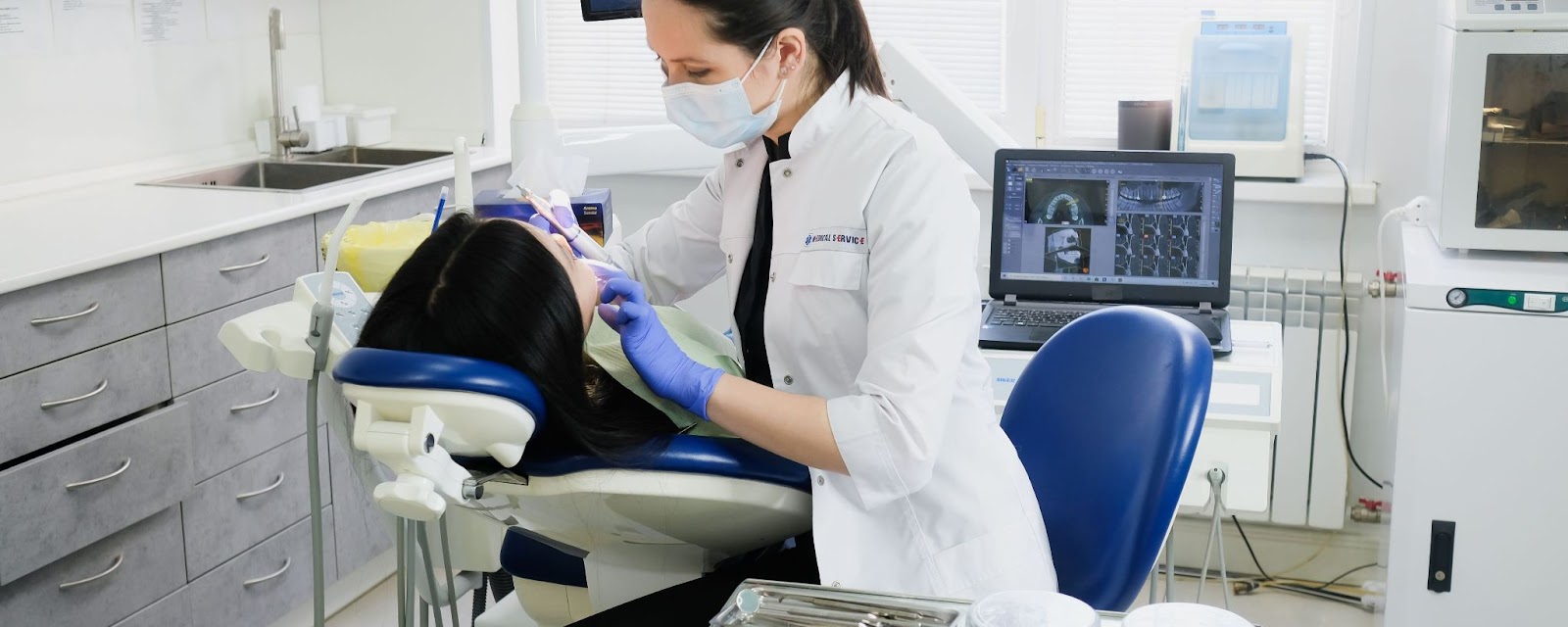Sometimes, patients ask us, “why is my root canal tooth hurting years later?”
If you had a root canal before, you probably thought that tooth would be pain-free for life, but that’s not always the case.
While root canals are usually very successful, there are times when discomfort comes back even years after the treatment.
At The Junction Family Dental Care, we want to help you understand why this happens, what it means for your oral health, and what you should do next.
Yes, a root canal can sometimes not work out, but that doesn’t always mean the procedure itself was a failure.
A root canal is all about removing infected or damaged pulp from inside your tooth and sealing it up to avoid issues down the line.
But like anything else, there can be problems down the road.
Here are a few reasons why a root canal might fail:
Sometimes teeth have more canals than we think.
If a tiny canal gets overlooked during the treatment, bacteria can stick around and lead to an infection years later.
Even if the inside of your tooth was sorted, the outside can still fall victim to decay.
If new decay shows up around the crown or filling, it can let bacteria sneak back in and cause pain.
A crack in the tooth can expose nerves and tissues, allowing bacteria to spread to areas that were already treated.
If your crown gets loose, cracked, or worn out, it can create an opening for bacteria to invade, causing reinfection.
Issues with the gums around the tooth that had the root canal can cause discomfort that feels a lot like trouble inside the tooth.
Pain long after a root canal may not signal a dental emergency, but you shouldn’t ignore it.
Also look for these common signs:
For more info on root canals, check out our guides: "How Long Does It Take to Recover From a Root Canal" and "How Much Does Root Canal Cost in Canada?"

If you notice any of these symptoms, make an appointment at Junction Family Dental Care right away.
If your tooth that had a root canal starts hurting years later, don’t stress, it doesn’t always mean you’ll lose the tooth.
At The Junction, you’ve got a few treatment options:
1. Root canal retreatment
The dentist will reopen the tooth, take out the old filling, give the canals a good cleaning and disinfecting, and then seal them back up.
2. Endodontic surgery
If retreatment doesn’t do the trick, a minor surgery might be needed to get rid of the infection at the root’s tip.
3. Extraction and replacement
In more serious cases, the tooth might need to be taken out.
Luckily, there are modern solutions like dental implants and bridges to help bring back both function and looks.
If you’re curious about replacement options, you can learn about the different types of dental crowns and see how composite veneers vs dental implants.
“Why is my root canal tooth hurting years later?” is the most common question; however, you may have others in mind.
Even if there is no swelling, pain years after a root canal might mean there is an infection, a crack in the tooth, or the dental work has failed.
You should see a dentist for a checkup and x-rays.
Pain that is normal after a root canal usually goes away within a week.
If you feel pain months or years later, it is not normal and should be looked into.
Yes, it can happen, especially if the root canal wasn’t cleaned well, the dental work has failed, or if there is a crack that lets bacteria in.
Most of the time, retreating a root canal is successful if it is done early. For complicated cases, your dentist may refer you to a specialist or recommend surgery.
Keep good oral hygiene, avoid using the treated tooth as a tool, replace any failed dental work quickly, and make sure to go for regular dental checkups.
If your root canal tooth is hurting years later, it might be due to a few reasons.
There could be missed canals, new decay, cracks, problems with restorations, or gum issues.
It’s important not to ignore the pain.
If you are feeling pain in a tooth that was treated before, call Junction Family Dental Care or book an appointment online.